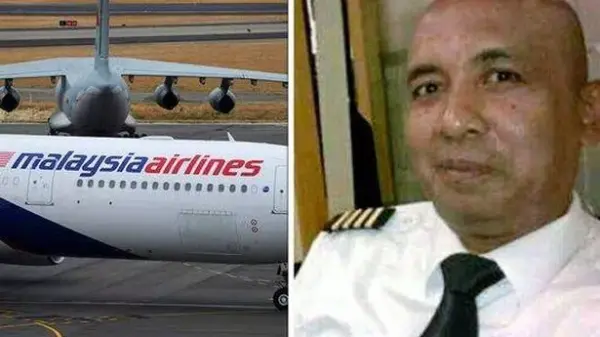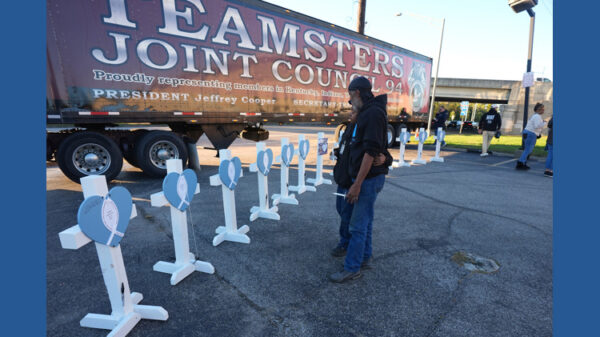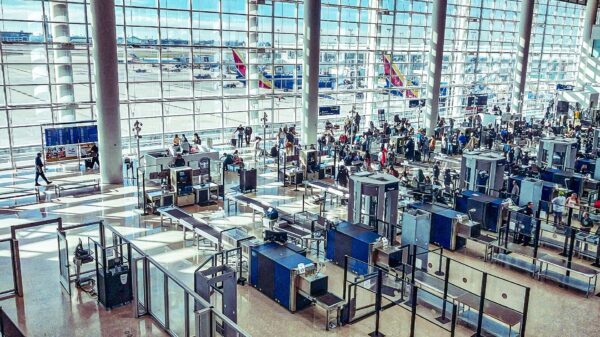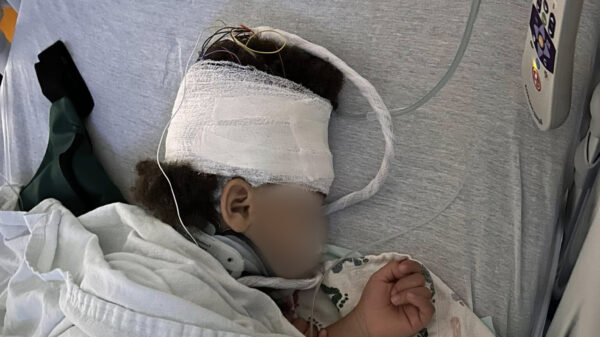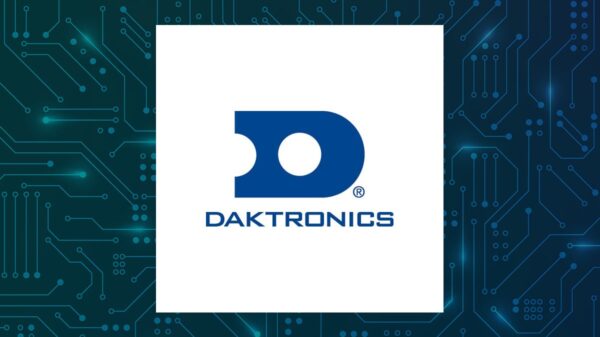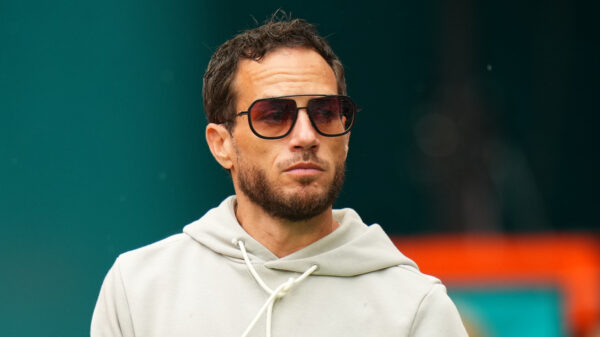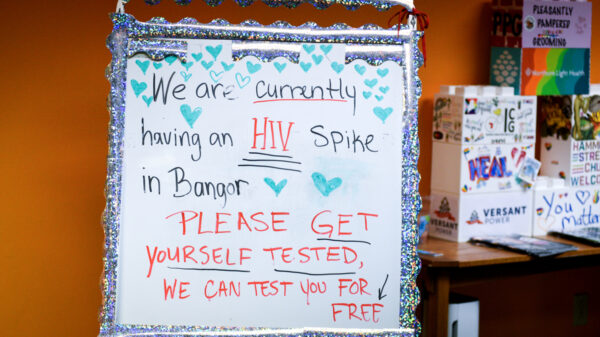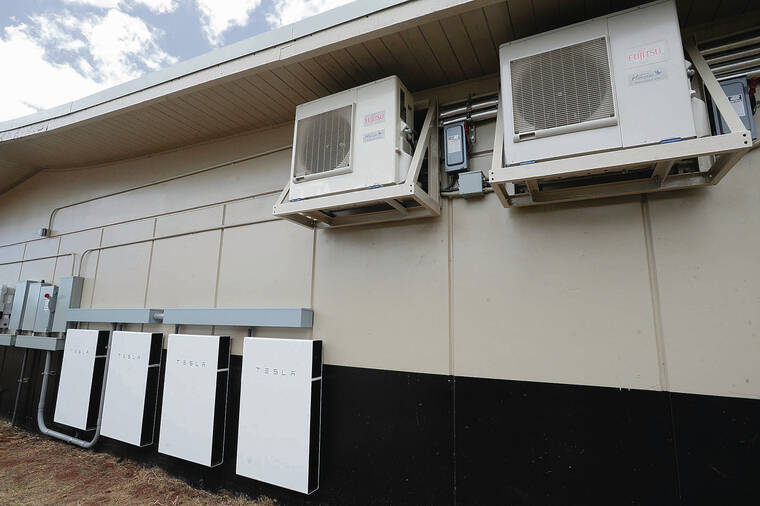The Hawaii Department of Education (HIDOE) is under scrutiny for its mismanagement of over $100 million aimed at improving air conditioning in classrooms. Despite nearly a decade of spending, many students still endure oppressive heat, prompting calls for immediate action from Governor Josh Green and Superintendent Keith Hayashi. The situation has reached a critical point as classrooms continue to reach temperatures near 90 degrees Fahrenheit, severely hindering students’ ability to learn.
The failures of the HIDOE are highlighted in a scathing audit that critiques the Cool Classrooms Initiative, a program launched by former Governor David Ige in January 2016. The initiative aimed to cool 1,000 public classrooms by the end of that year, utilizing a budget of $100 million. Yet, the initiative quickly became bogged down by poor planning, ineffective technology choices, and a lack of accountability.
Auditors noted that solar-powered air conditioning units installed in portable classrooms failed to perform adequately, with some classrooms reportedly hotter than before. For instance, units were often placed in locations that received insufficient sunlight, resulting in less than 20% power output. Furthermore, some systems could only operate for five hours a day, while sealed windows prevented natural ventilation.
The financial implications of this initiative are staggering. HIDOE allocated $104.96 million to air condition 838 classrooms, averaging around $125,253 per classroom, yet many students still experience discomfort. The audit estimates that salvage costs for malfunctioning solar systems could range from $3.3 million to $6 million. Compounding this issue, many original solar AC batteries are nearing the end of their operational lifespan, leaving HIDOE with the difficult choice of investing in costly replacements or switching to traditional grid-connected systems.
“It was a mess,”
remarked one school official during the audit, underscoring the disarray that characterized the initiative. Further complicating matters, HIDOE’s record-keeping has been criticized for being inconsistent and incomplete, with high staff turnover and a heavy reliance on external consultants contributing to the chaos.
In a bid to salvage the situation, HIDOE attempted to launch the School Directed AC Program, which aimed to empower individual schools to seek community assistance in cooling their classrooms. However, this initiative also faltered due to insufficient oversight and support from HIDOE.
The recent audit’s findings prompted a lackluster response from Superintendent Hayashi on August 1, 2023, who indicated that his team was not involved in the initiative’s failures. Critics, including the auditor, expressed concern over Hayashi’s apparent failure to grasp the seriousness of the situation. The auditor noted, “It is noteworthy that the Superintendent’s letter does not address how, going forward, the department will ensure it is accountable for its use of public funds.”
In a follow-up statement, Hayashi committed to applying lessons from the audit, emphasizing the need for improved internal accountability and effective planning for future projects. He also stated that HIDOE is exploring the option for schools to fund new AC window units in collaboration with the facilities office.
As the school year begins, the urgency for effective solutions intensifies. HIDOE aims to employ more high-capacity fans in the interim, yet the long-term strategy remains unclear. Since assuming the role of superintendent in July 2022, Hayashi has expanded his leadership team, adding ten assistant superintendents to an already large administrative structure.
The responsibility now lies with Hayashi and HIDOE to devise a viable strategy to ensure that students are provided with a comfortable learning environment. With pressure mounting from the public and officials alike, it is imperative that decisive actions are taken to remedy this longstanding issue of inadequate classroom cooling.







